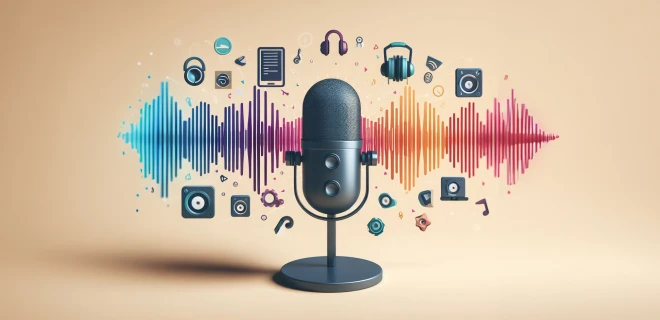Outline of the Article
Introduction
Brief explanation of Voice Off and Voice Over
Significance of understanding the difference
What is Voice Off?
Definition and context of Voice Off
Use cases and applications
What is Voice Over?
Definition and context of Voice Over
Use cases and applications
Comparing Voice Off and Voice Over
Highlighting differences in purpose and application
Voice Off vs. Voice Over: Which to Use When
Providing insights on when to use Voice Off and Voice Over
Impact on Audience Engagement
Discussing how Voice Off and Voice Over influence audience perception
Artistic and Creative Aspects
How Voice Off and Voice Over contribute to creativity in media
Challenges and Considerations
Addressing challenges associated with Voice Off and Voice Over
Conclusion
Summarizing the differences and applications of Voice Off and Voice Over
Is there a difference between Voice Off and Voice Over?
Introduction
When it comes to audio in media, two terms that often come up are Voice Off and Voice Over. Although they might sound similar, they represent distinct techniques with unique applications. Understanding the difference is crucial for anyone involved in media production, and it greatly influences how the message is conveyed to the audience.
What is Voice Off?
Voice Off refers to an unseen speaker or character whose voice is part of the narrative but is not directly connected to any visible character or person on the screen. This technique is often used to provide information, narration, or inner thoughts of a character. It can add depth and context to a scene without revealing the speaker.
What is Voice Over?
On the other hand, Voice Over involves a voice that is heard but is not part of the action on the screen. It is typically used for narrations, advertisements, or dubbing. Voice Over is a technique where a speaker, who is usually not seen, provides commentary, explanation, or additional information to the visuals.
Comparing Voice Off and Voice Over
To differentiate between the two, Voice Off is more related to the internal thoughts of characters or an off-screen narrator, while Voice Over is an external voice used to convey information or guide the audience.
Voice Off vs. Voice Over: Which to Use When
Knowing when to use Voice Off or Voice Over depends on the context and the intended effect. Use Voice Off for portraying internal thoughts or emotions of characters, creating suspense, or providing a different perspective. On the other hand, employ Voice Over when you need to provide context, narration, or clarification to the audience.
Impact on Audience Engagement
The choice between Voice Off and Voice Over can significantly influence how the audience engages with the content. Voice Off can create a sense of mystery or draw the audience closer to a character's emotional world, while Voice Over can provide clear information and enhance storytelling.
Artistic and Creative Aspects
In the realm of creativity, both techniques offer distinct advantages. Voice Off can add an artistic touch by leaving things to the audience's interpretation, engaging them intellectually. Meanwhile, Voice Over allows for structured storytelling and effective communication.
Challenges and Considerations
While both techniques are powerful tools in media production, they come with their own set of challenges. Voice Off can be challenging to execute effectively, requiring skilled writing and direction to ensure it enhances the narrative. On the other hand, Voice Over needs precise synchronization and a suitable tone to convey the intended message accurately.
Conclusion
In summary, while Voice Off and Voice Over might seem similar, they play different roles in the realm of media and audio production. Understanding when and how to use each technique can greatly impact the effectiveness of a production. Whether it's the mysterious allure of Voice Off or the informative nature of Voice Over, both have their place and purpose in the creative world of storytelling.
FAQs
1. Can Voice Over be used in live performances like plays or concerts?
Yes, Voice Over is commonly used in live performances to provide off-stage narration or announcements.
2. Is Voice Off commonly used in documentary filmmaking?
Yes, Voice Off is often utilized in documentaries to convey inner thoughts or perspectives of the subjects being documented.
3. Are Voice Off and Voice Over techniques used in radio broadcasting?
Yes, both techniques find applications in radio, providing audio narratives, commercials, and more.
4. Can the same voice artist perform both Voice Off and Voice Over roles?
Absolutely, a talented voice artist can perform both roles effectively, adapting their style to suit the requirements of the technique.
5. Which technique is more challenging for voice artists, Voice Off or Voice Over?
Both techniques present unique challenges. Voice Off may require conveying complex emotions subtly, while Voice Over demands precise tone and timing for clarity and impact.










